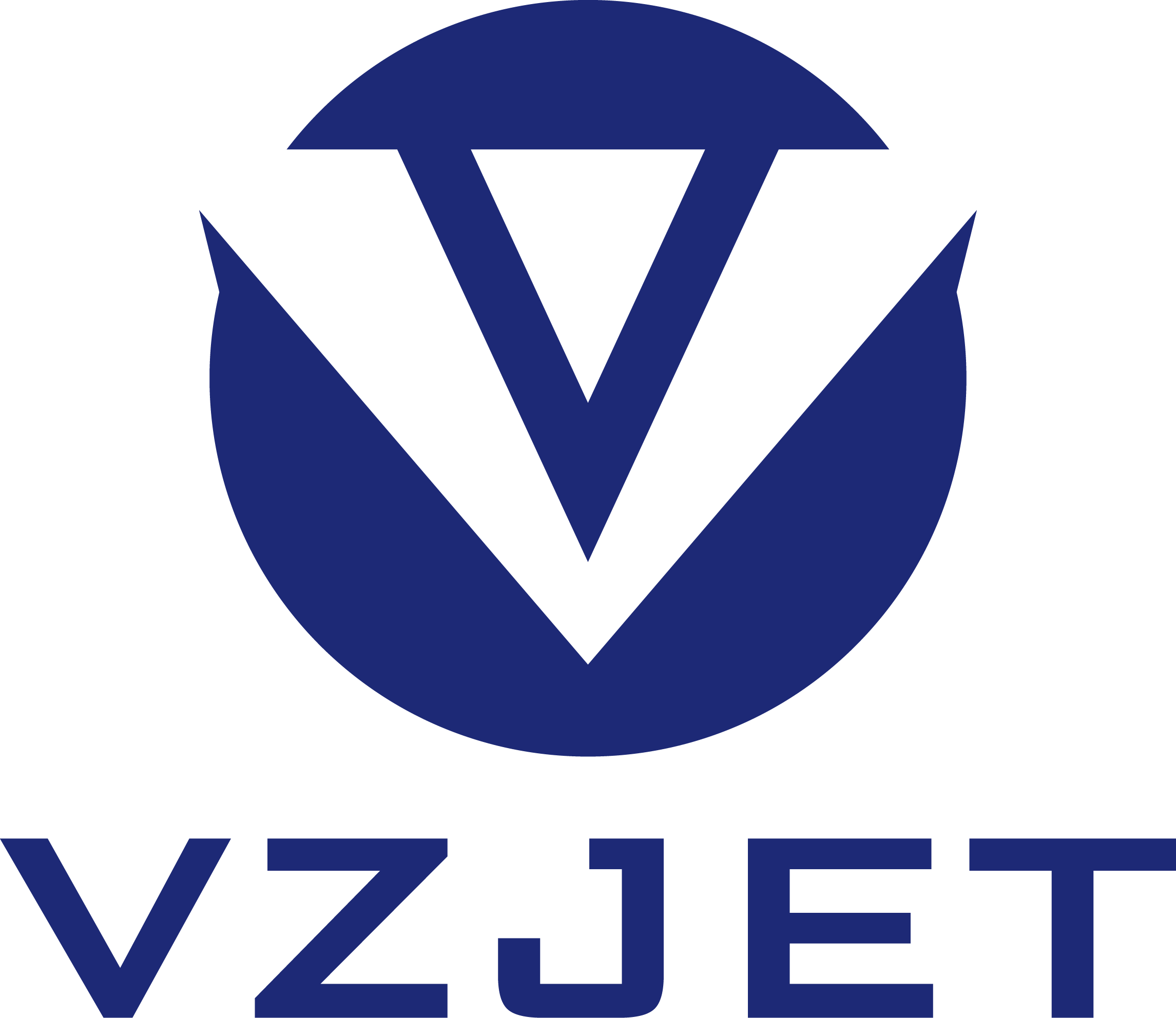Information
Thermal Inkjet Printer for Packaging Overview
06 Aug,2025
A Thermal Inkjet (TIJ) printer for packaging is an advanced industrial printing device specifically designed for high-speed, high-resolution coding on packaging materials. Utilizing heat to eject ink droplets, these printers are widely used in industries like food, beverage, pharmaceuticals, cosmetics, and logistics, where clean and precise printing of expiration dates, batch numbers, QR codes, barcodes, and logos is critical for traceability, compliance, and branding.
How Thermal Inkjet Technology Works
The thermal inkjet mechanism uses tiny resistive heating elements in each printhead nozzle. When an electrical pulse is applied, the ink is rapidly heated to form a vapor bubble, which propels a droplet of ink onto the substrate. This process occurs thousands of times per second and allows the printer to produce sharp, consistent characters and codes on a wide variety of surfaces.
Key Features of TIJ Printers for Packaging
High Resolution and Print Quality
Capable of delivering up to 600 dpi, thermal inkjet printers produce crisp text, clean barcodes, and scannable data matrix codes—ideal for regulatory markings and brand identification.
Fast Printing Speed
TIJ printers can achieve high-speed printing (up to 300 m/min) while maintaining legibility, making them ideal for production lines requiring real-time variable data printing.
Compact and Lightweight Design
These printers often come in modular designs, allowing easy integration into existing conveyor systems or packaging lines without requiring significant space.
Zero Maintenance & No Downtime
Unlike CIJ (Continuous Inkjet) systems, thermal inkjet printers are cartridge-based, eliminating the need for pumps, filters, and cleaning cycles. Simply replace the ink cartridge and resume printing.
User-Friendly Interface
Most TIJ printers feature touchscreen HMIs, offering intuitive navigation for message creation, font selection, barcode generation, and multi-language support.
Versatile Ink Options
Support for aqueous and solvent-based inks allows printing on porous (e.g., paperboard) and non-porous (e.g., plastic films, foils, metals) surfaces.
Low Operational Cost
Because of the simplicity of the cartridge system and minimal mechanical wear, the cost of ownership is significantly lower than traditional marking methods.
Applications in Packaging
Food and Beverage Packaging
Printing production dates, expiry dates, and traceability codes directly on cans, cartons, bottles, or flexible pouches.
Pharmaceutical Industry
Clear and reliable printing of batch numbers, barcodes, and anti-counterfeit codes on blister packs, cartons, and vials.
Cosmetics and Personal Care
High-resolution marking for branding, batch traceability, and multilingual ingredient codes on tubes, boxes, and containers.
Electronics and Consumer Goods
Serial numbers, warranty codes, and safety instructions on small parts or outer packaging.
E-commerce & Logistics
Addressing, barcoding, and dynamic information printing on shipping cartons, corrugated boxes, and mailing labels.
Advantages Over Other Technologies
| Feature | TIJ | CIJ | Laser |
|---|---|---|---|
| Print Resolution | High (up to 600 dpi) | Medium | High |
| Maintenance | Very Low | High | Medium |
| Cost of Ownership | Low | Medium to High | High |
| Environmental Safety | No solvents or fumes | Uses solvents | Laser emissions |
| Start-Up Time | Instant | Delay due to priming | Fast |
Considerations for Choosing a TIJ Printer
When selecting a thermal inkjet printer for your packaging operation, consider:
Surface material (porous vs non-porous)
Required speed and throughput
Type of data (static vs variable)
Ink drying time
Integration capability with line controllers or ERP systems
Compliance needs (e.g., FDA, GS1, ISO)
Conclusion
A thermal inkjet printer for packaging is a compact, powerful, and cost-effective solution for coding and marking across diverse industries. With its high print resolution, maintenance-free design, and flexibility across substrates, TIJ printing is quickly becoming the preferred technology for manufacturers aiming to meet modern packaging and traceability standards. Whether you're printing expiration dates on snacks or QR codes on pharmaceutical boxes, a thermal inkjet printer ensures reliable, sharp, and compliant markings every time.
06 Aug,2025
Classification:
Information
Latest Contents
06 Aug,2025








